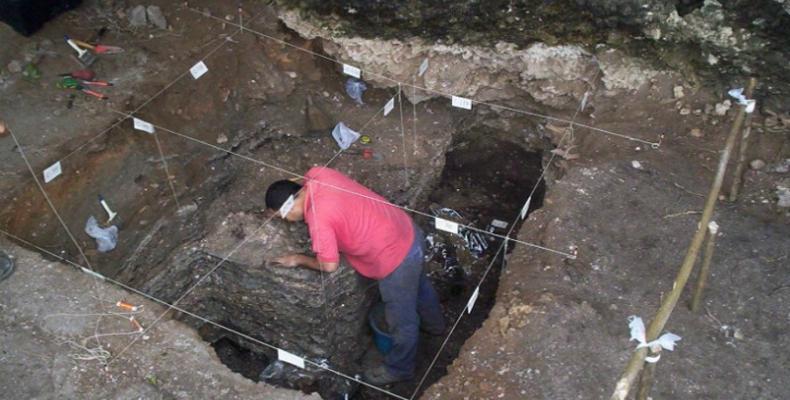Cuban and Canadian researchers have demonstrated the use of cultivated plants in the Caribbean well before the commonly accepted advancement of agricultural groups in the region at around AD 500, published the Journal of Archaeological Science earlier this month.
The team, led by Dr. Mirjana Roksandic of the University of Winnipeg (anthropology) and Dr. Bill Buhay (geography), dated some of the remains to 1000 BC, indicating that the practice was much older than previously assumed.
They found that using an unprecedented method which combined inferred past diet information gleaned from dental calculus (teeth plaque) starch grains and bone collagen isotope data, the lead author Chinique de Armas, whose PhD was supervised by Roksandic and Buhay, demonstrated that the indigenous people of Canímar Abajo (Matanzas province, Cuba) consumed and processed common bean, sweet potato and a highly toxic plant zamia that needs special treatment prior to consumption.
The bone collagen isotope data was derived at Buhay’s Isotope Laboratory (UWIL) at UWinnipeg. Starch grains were extracted from dental calculus at the University of Toronto (Mississauga) in collaboration with Dr. Sheehan Bestel and independently verified by a leading specialist from Puerto Rico, Dr. Jaime Pagan Jimenez.
The site of Canimar Abajo has been excavated over the last 10 years by Professor Rodríguez Suarez of the University of Havana, who first started examining the possibility that the early indigenous Cubans used domesticated plants in their diet, and who is also a co-author on the paper.
“This unequivocal evidence of domestic plant consumption will serve to dispel the notion that indigenous Cubans from that time period (2nd millennium BC) were fisher-gatherers with no knowledge of agriculture and cultivated plants” says Suarez.
According to the team linguist Dr. Ivan Roksandic, “these people have often been called Siboney”, a name erroneously translated as “cave people.” The new inferred diet information revealed in this study “adds substantially to our understanding of their inherent environmental competence” adds Ivan Roksandic.
“Canimar Abajo is just beginning to produce surprises that challenge the archaeological paradigm for the region” according to another team member, Professor David Smith of the University of Toronto (Mississauga).
Mirjana Roksandic adds that, “this is just the beginning of a very fruitful collaboration which is poised to extend this combined methodology of physical (dental calculus starch grains) and chemical (bone collagen isotopes) analysis to other sites in Cuba and the Caribbean.”


